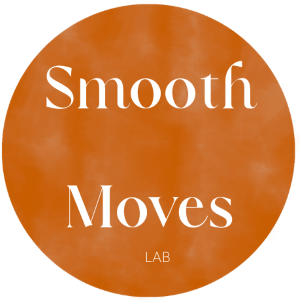“If you have a comfortable connection with your inner sensations — if you can trust them to give you accurate information — you will feel in charge of your body, your feelings, and your self.”
A focus on comfort
Being comfortable is a pre-condition for you to feel happy, safe and ready to explore.
I can do a number of things to help you and we can continue to work together on this.
When you book, I ask you questions about movement or wellbeing challenges you may be experiencing and which positions are easy or difficult for you to work in. This helps me to plan and build in adaptability to each lesson.
In class, I will guide you how to move through the lessons and keep yourself comfortable. An important feature is taking plenty of rests and moving gently with less range and force than you may be used to. You will find that, with increasing levels of comfort, you can start to let go of tension and muscular contraction to relax and move with more flow.
Coming prepared to be comfortable…what shall I bring?
If you are coming to an online class, set yourself up to be warm and comfortable, perhaps using some of these ideas below. If you are coming to a studio class, I will have mats and a few props – but bring extras to suit yourself.
To lie on - a wide mat, rug or blanket (or bed, if that is the only place you can be comfortable)
For room to move - your space should be ideally at least 3 times as wide as a standard yoga mat
For under your head - a folded towel or two…though you may want to remove these during the session
For optional extra adaptability - cushions, bolsters, blocks or folded towels in case you need to add padding under any uncomfortable places or adjust the height of the floor
If you continue to experience discomfort, ask me for suggestions about props and paddings that could help you
What should I wear?
Dress in comfy clothes that you can move in easily - with no tight belts or waistbands. Everyday clothes are fine, as are ‘exercise’ clothes. Extra clothing layers in winter are a good idea, or a blanket.
Are the classes suitable for everybody?
Lessons tend to be suitable for many ages and abilities. Most people usually find the lessons very gentle, even if recovering from injury, have chronic fatigue or pain challenges. It helps if you can get down onto a mat on the floor and up again - though many lessons can be adapted to sitting or standing. If you want to let me know about any limitations or challenges, I can work with you to adapt the classes and make them suitable.
In most lessons, we will be lying down for a lot of the time – on the back and side most frequently. I invite everyone to take lots of rests and to shift around as they please.
Or, one-to-ones can take place on a wide padded ‘table’. So, these may work better for you if getting to the floor is out of the question or you want to build your confidence before joining a group class.

